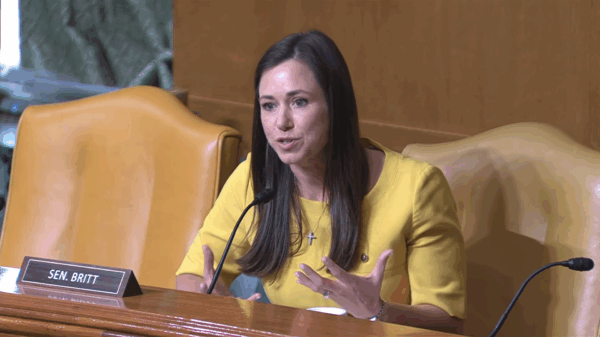Jefferson County is seeing promising signs of progress in two of its most serious public health and safety issues: homicides and drug overdose deaths.
A new report from the Public Affairs Research Council of Alabama shows both are down significantly so far in 2025, with Birmingham’s homicide rate cut in half and countywide overdose deaths dropping by more than a third.
In the first six months of 2025, Birmingham recorded 37 homicides, compared to 76 during the same period in 2024. That’s a 51 percent decrease, according to data from the Birmingham Police Department.
Countywide, the number of homicides in Jefferson County peaked in 2021 at 216, and by 2024, that number had dropped to 196. In areas of the county outside Birmingham, which includes places like Bessemer, Hoover and sheriff-patrolled neighborhoods, the number of homicides fell from 87 in 2021 to just 47 in 2024.
In the first half of this year, those areas are seeing homicide totals that match the same period in 2024, holding steady while the city of Birmingham itself sees a steep drop.
Other types of crime, however, do not follow the same trend. Reports of aggravated assault, theft and burglary in Birmingham have increased this year, and total crime incidents are up slightly compared to the same point last year.
Still, officials say the drop in homicides is a clear sign of progress. Community organizations and law enforcement have been working on violence prevention strategies, and some say those efforts may finally be starting to show results.
Jefferson County is also seeing an improvement in drug overdose deaths, another area that’s been devastating communities for years. After a record 483 accidental overdose deaths in 2023, that number dropped to 318 in 2024. That’s a decrease of 165 deaths, or about 34 percent.
The county’s overdose death rate has been steadily rising since 2018, mostly driven by fentanyl and other powerful synthetic opioids. But in 2024, Jefferson County reversed that trend.
For comparison, statewide data from the Centers for Disease Control and Prevention shows Alabama as a whole saw an 18 percent drop in overdose deaths from July 2023 to July 2024.
Local health officials credit the improvement to a range of harm-reduction strategies like wider access to naloxone, free fentanyl test strips, real-time overdose tracking and more outreach. Many of those efforts are funded through federal grants from the CDC and other agencies.
Together, the drop in both homicides and overdose deaths in 2025 offers a glimpse at what’s possible when communities invest in public health approaches to serious problems.
Continued progress will depend on long-term support. Many of the programs making a difference today are funded by temporary grants that may expire in the next few years. Without continued investment, there’s a risk the numbers could rise again.
Still, for now, the message is clear that lives are being saved, and Jefferson County is showing that change is possible.





















































